Home>Storage Ideas>Kitchen Storage>Should A Kitchen Island Have Seating? Experts’ Tips And Warnings
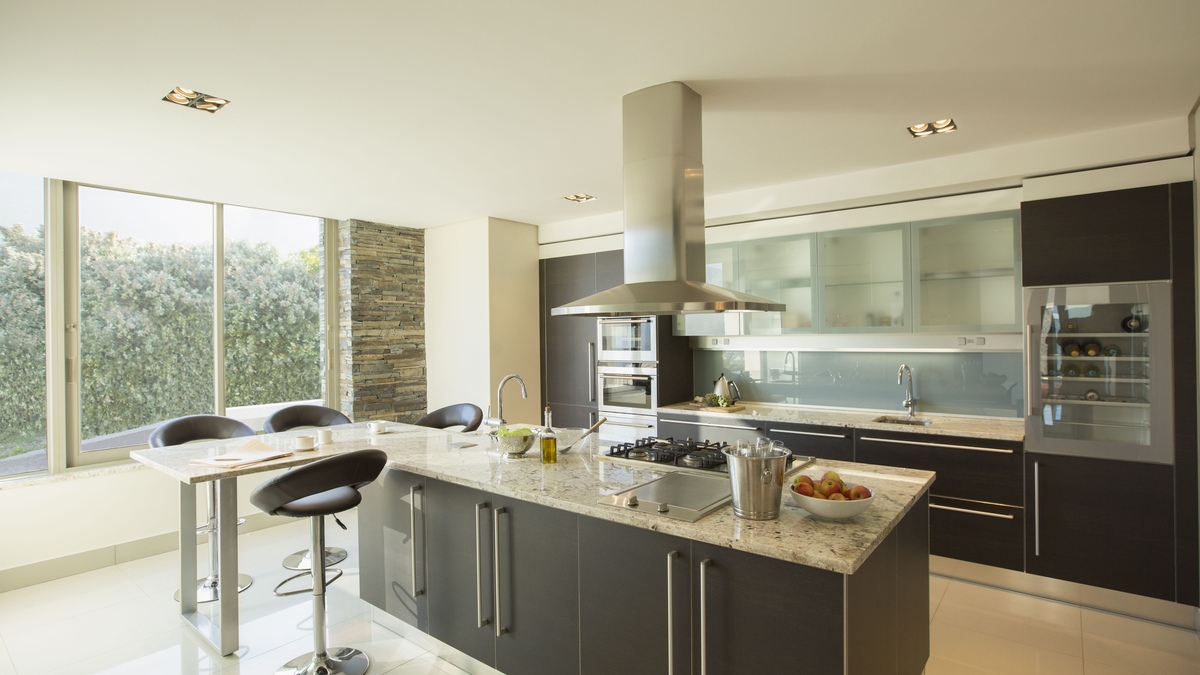

Kitchen Storage
Should A Kitchen Island Have Seating? Experts’ Tips And Warnings
Modified: January 5, 2024
Discover the experts' tips and warnings on whether a kitchen island should include seating. Transform your kitchen with smart kitchen storage ideas.
(Many of the links in this article redirect to a specific reviewed product. Your purchase of these products through affiliate links helps to generate commission for Storables.com, at no extra cost. Learn more)
Introduction
Welcome to our comprehensive guide on the question of whether a kitchen island should have seating. The kitchen island is a versatile and functional addition to any kitchen, providing extra storage, countertop space, and a central hub for cooking and socializing. But should you also incorporate seating into your kitchen island design? In this article, we will explore the benefits and considerations of adding seating to your kitchen island, as well as provide expert tips and warnings to help you make an informed decision.
A kitchen island with seating can offer numerous advantages for both practicality and aesthetics. It creates a multi-functional space where family members and guests can gather while meals are being prepared or socialize during parties and gatherings. Moreover, it can serve as an informal dining area or a convenient spot for enjoying a quick snack or cup of coffee.
However, before rushing into incorporating seating into your kitchen island, it’s important to consider a few factors to ensure it fits seamlessly into your kitchen layout and meets your specific needs. From the available space to the functionality, there are important considerations to keep in mind. By understanding these aspects, you can design a kitchen island with seating that not only looks stylish but also enhances the overall functionality and flow of your kitchen.
So, whether you’re already convinced that adding seating to your kitchen island is the way to go, or you’re still on the fence, this guide will provide you with expert tips and warnings to help you make an informed decision. Let’s explore the benefits, considerations, design tips, and common mistakes when incorporating seating in a kitchen island.
Key Takeaways:
- Incorporating seating into a kitchen island enhances social interaction, optimizes space, and provides versatile dining options. Careful consideration of space, traffic flow, and aesthetics is crucial for a functional and stylish design.
- Designing a kitchen island with seating requires attention to comfort, lighting, and storage while avoiding common mistakes. By following expert tips and considering key factors, you can create a welcoming and practical space for dining and socializing in your kitchen.
Benefits of Having Seating at a Kitchen Island
Incorporating seating into your kitchen island design can bring a range of benefits to your kitchen space. Let’s explore some of the main advantages:
- 1. Social Interaction: One of the primary benefits of having seating at a kitchen island is the opportunity for social interaction. Whether it’s with family members or guests, having seating allows people to gather and engage in conversations while meals are being prepared. It creates a welcoming and inclusive atmosphere, making the kitchen a central hub for socializing.
- 2. Efficient Use of Space: Adding seating to the kitchen island can optimize the use of space in your kitchen. Instead of having a separate dining table, the island serves as a dual-purpose area for both food preparation and dining. This is especially advantageous if you have a smaller kitchen where space is limited.
- 3. Convenience: Having seating at the kitchen island provides a convenient dining area for casual meals. It’s perfect for quick breakfasts, light snacks, or enjoying a cup of coffee. It eliminates the need for setting up a formal dining table for every meal, saving time and effort.
- 4. Additional Storage: Many kitchen islands with seating come with built-in cabinets and shelves, offering extra storage space. This can be utilized for storing kitchenware, cookbooks, or even display decorative items. It allows you to maximize storage efficiency while keeping everything within easy reach.
- 5. Versatility in Dining Options: A kitchen island with seating provides versatility when it comes to dining options. It offers a casual and relaxed dining experience that can be easily transformed into a more formal setting with the addition of table linens and centerpieces. Your kitchen island can adapt to various dining occasions, from casual family dinners to hosting guests for larger gatherings.
Having seating at a kitchen island brings numerous benefits, from encouraging social interaction to maximizing space utilization. It provides a convenient and versatile dining area, while also offering additional storage options. Consider these advantages as you decide whether to incorporate seating into your kitchen island design.
Considerations before Adding Seating to Your Kitchen Island
Before you dive into designing a kitchen island with seating, there are several important considerations to keep in mind. These factors will ensure that the addition of seating to your kitchen island is not only visually appealing but also functional and practical for your specific needs. Let’s explore these key considerations:
- 1. Available Space: Assess the available space in your kitchen to determine if it can accommodate seating at the island. Consider the dimensions of your kitchen and the island itself, as well as the necessary clearance around it for easy movement. Ensure that there is enough room for people to sit comfortably without feeling cramped.
- 2. Traffic Flow: Consider the traffic flow in your kitchen. If the placement of the seating at the island disrupts the natural flow of movement in the kitchen, it may cause inconvenience or congestion. Ensure that there is enough space for people to move freely around the island without hindrance.
- 3. Number of Seats: Determine the number of seats you want to incorporate into your kitchen island. Consider the size of your family or the number of guests you typically entertain. This will help you determine the size and layout of the seating area and ensure that it can comfortably accommodate everyone.
- 4. Access to Utilities: If you plan to have seating at your kitchen island, consider the access to utilities like plumbing and electricity. If you wish to incorporate a sink or appliances into the island, ensure that the necessary connections and infrastructure are in place to support them.
- 5. Functionality: Think about how you plan to use the seating area. Will it primarily be used for dining purposes or as a casual space for socializing? This will help determine the style and design of the seating, as well as the level of comfort required.
- 6. Style and Aesthetics: Consider the overall style and aesthetics of your kitchen. The seating should harmonize with the existing design elements and create a cohesive look. Deciding on the materials, colors, and finishes for the seating area will ensure that it complements the rest of the kitchen space.
By carefully considering these factors, you can ensure that the addition of seating to your kitchen island is a well-thought-out decision. It will result in a functional and visually pleasing seating area that seamlessly integrates with your kitchen’s layout and enhances its overall functionality.
Tip: Consider the size of your kitchen and the flow of traffic when deciding on seating for your island. If space allows, seating can provide a casual dining option and a gathering space for family and friends. However, it’s important to ensure that there is enough clearance for comfortable seating and easy movement around the island.
Tips for Designing a Kitchen Island with Seating
Designing a kitchen island with seating requires careful planning to create a functional and aesthetically pleasing space. Here are some expert tips to guide you through the process:
- 1. Determine the Layout: Consider the layout of your kitchen and the available space for the island. Decide whether you want the seating on one side of the island, at the ends, or even on both sides. The layout will depend on factors such as the size of your kitchen, the number of seats needed, and the desired traffic flow.
- 2. Choose the Right Size: Ensure that the seating area is proportional to the size of the kitchen island. It should provide enough space for comfortable seating and legroom. If the island is too narrow, it can make sitting uncomfortable, while a very wide island may limit interaction between guests.
- 3. Focus on Comfort: Select comfortable seating options, such as bar stools or counter-height chairs, that provide adequate support. Consider the material and cushioning for added comfort. Adjustable or swivel seats can offer flexibility and ease of use.
- 4. Create Visual Interest: Incorporate visual interest into the seating area. Use contrasting materials or colors for the seating, or opt for unique textures or patterns. This can make the seating area a focal point in the kitchen and add visual appeal to the overall design.
- 5. Adequate Lighting: Ensure that the seating area is well-lit. Install pendant lights or task lighting above the island to illuminate the dining space. This not only enhances visibility but also creates a cozy and inviting atmosphere for dining and socializing.
- 6. Include Storage: Maximize the functionality of your kitchen island by incorporating storage options. Choose seating designs that include hidden storage compartments or opt for an island with built-in shelves or cabinets. This allows you to keep essentials within reach while keeping the space organized and clutter-free.
- 7. Consider Multi-Level Seating: For added functionality, consider incorporating multi-level seating. This allows for different levels of seating, such as bar-height and counter-height, creating visual interest and accommodating different dining preferences or age groups.
By following these tips, you can design a kitchen island with seating that not only meets your functional needs but also enhances the overall aesthetic appeal of your kitchen. Create a comfortable and visually appealing space where family and friends can gather and enjoy meals together.
Common Mistakes to Avoid when Incorporating Seating in a Kitchen Island
While designing a kitchen island with seating can be exciting, it’s important to be aware of common mistakes that can hinder the functionality or aesthetics of the space. Here are some mistakes to avoid:
- 1. Insufficient Clearance: Make sure to provide enough clearance space around the seating area. This allows for easy movement and prevents any obstruction when people are seated at the island. A lack of proper clearance can make it uncomfortable and inconvenient for both guests and cooks.
- 2. Overlooking Ergonomics: Consider the ergonomics of the seating area. Ensure that the height of the seating aligns with the kitchen countertop height. This provides a comfortable and ergonomic experience for individuals sitting at the island.
- 3. Neglecting Comfort: Choose seating options that prioritize comfort. Avoid opting for stools or chairs with hard seats or insufficient padding. Comfortable seating encourages guests to linger and enjoy their time in the kitchen.
- 4. Lack of Proper Lighting: Adequate lighting is crucial in the seating area. Make sure there is enough task lighting above the island to illuminate the dining space. This creates a warm and inviting atmosphere, enhancing the dining experience.
- 5. Skipping Storage Solutions: Incorporating storage options is essential to maintain a clutter-free space. Neglecting to include storage in the design of the island can result in a lack of space for storing kitchen essentials, such as utensils or napkins. Opt for designs that integrate storage solutions seamlessly.
- 6. Disregarding Aesthetics: Pay attention to the aesthetics of the seating area. Ensure that the style and materials of the seating coordinate with the overall kitchen design. A mismatch in style or poor material choices can make the seating area appear disjointed from the rest of the kitchen.
- 7. Focusing Exclusively on Seating: While seating is important, don’t forget about the functionality of the island as a whole. Avoid designing a kitchen island that is solely focused on seating and neglects other essential features, such as countertop space, storage, and food preparation areas.
Avoiding these common mistakes will ensure that your kitchen island with seating is both functional and visually appealing. By paying attention to clearance, ergonomics, comfort, lighting, storage, aesthetics, and overall functionality, you can create a well-designed and inviting space for dining and socializing in your kitchen.
Conclusion
Incorporating seating into your kitchen island design can elevate the functionality, versatility, and social aspect of your kitchen space. By carefully considering the available space, traffic flow, number of seats, and style aesthetics, you can create a kitchen island with seating that seamlessly integrates into your kitchen layout and meets your specific needs.
The benefits of having seating at a kitchen island are numerous. It encourages social interaction, provides a convenient dining area, optimizes space utilization, offers additional storage options, and allows for versatility in dining occasions. It creates a central hub where family members and guests can gather, fostering a warm and welcoming atmosphere.
However, it’s important to be mindful of certain considerations and common mistakes. Evaluate the available space, ensure proper traffic flow, prioritize comfort and ergonomics, incorporate adequate lighting, and avoid overlooking storage solutions. By avoiding these pitfalls, you can create a well-designed and functional seating area that enhances the overall aesthetics and usability of your kitchen island.
In conclusion, incorporating seating into your kitchen island design is a decision that should be carefully thought out. By following the tips and advice provided in this guide, you can create a kitchen island with seating that not only meets your functional needs but also adds a touch of style and elegance to your kitchen. Whether it’s for casual dining, socializing, or enjoying a meal with family and friends, a well-designed kitchen island with seating can truly transform your kitchen into a gathering place that is both inviting and practical.
Frequently Asked Questions about Should A Kitchen Island Have Seating? Experts' Tips And Warnings
Was this page helpful?
At Storables.com, we guarantee accurate and reliable information. Our content, validated by Expert Board Contributors, is crafted following stringent Editorial Policies. We're committed to providing you with well-researched, expert-backed insights for all your informational needs.
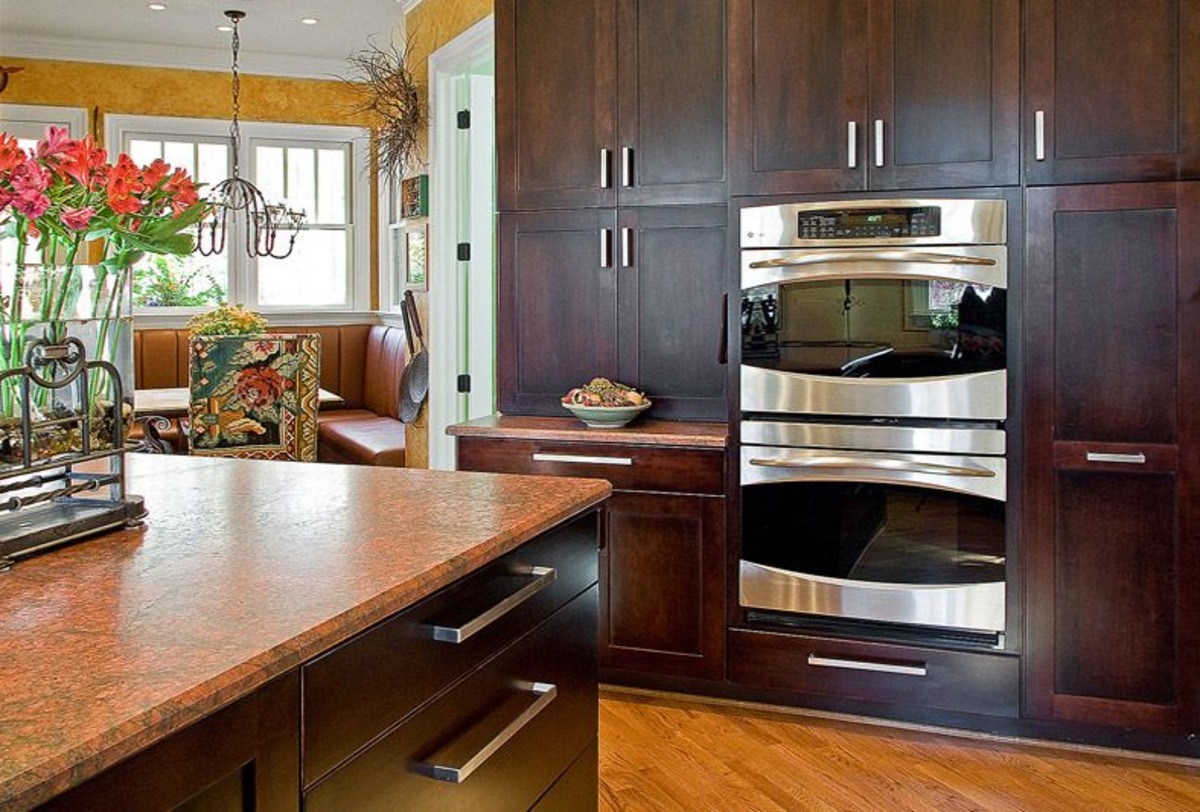

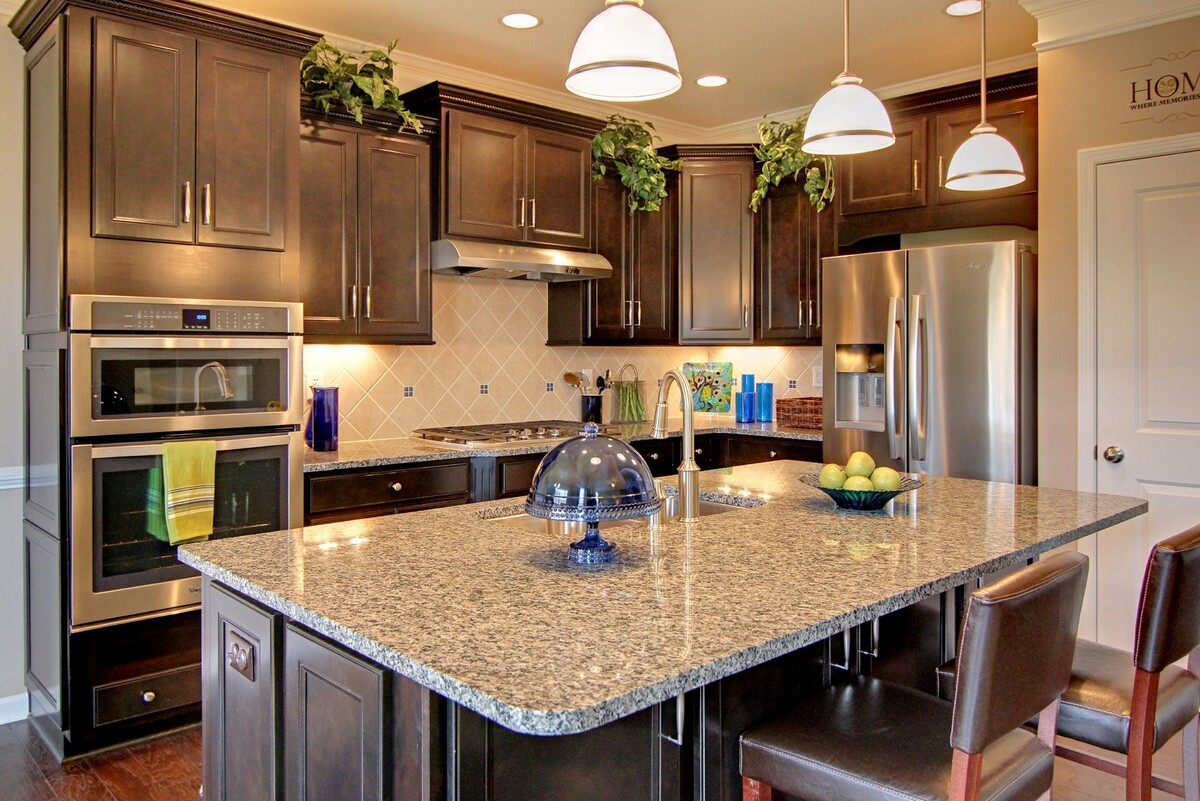

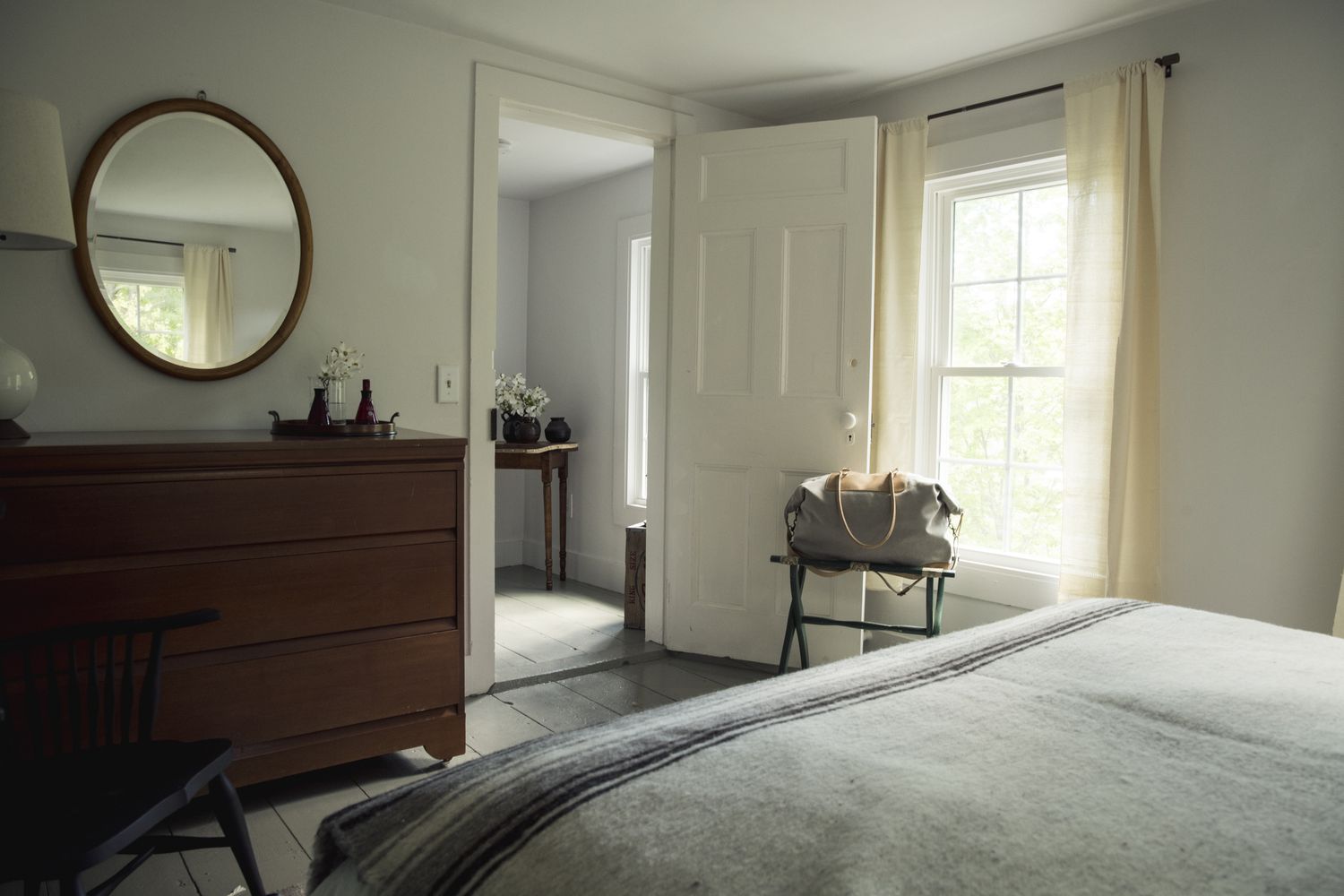
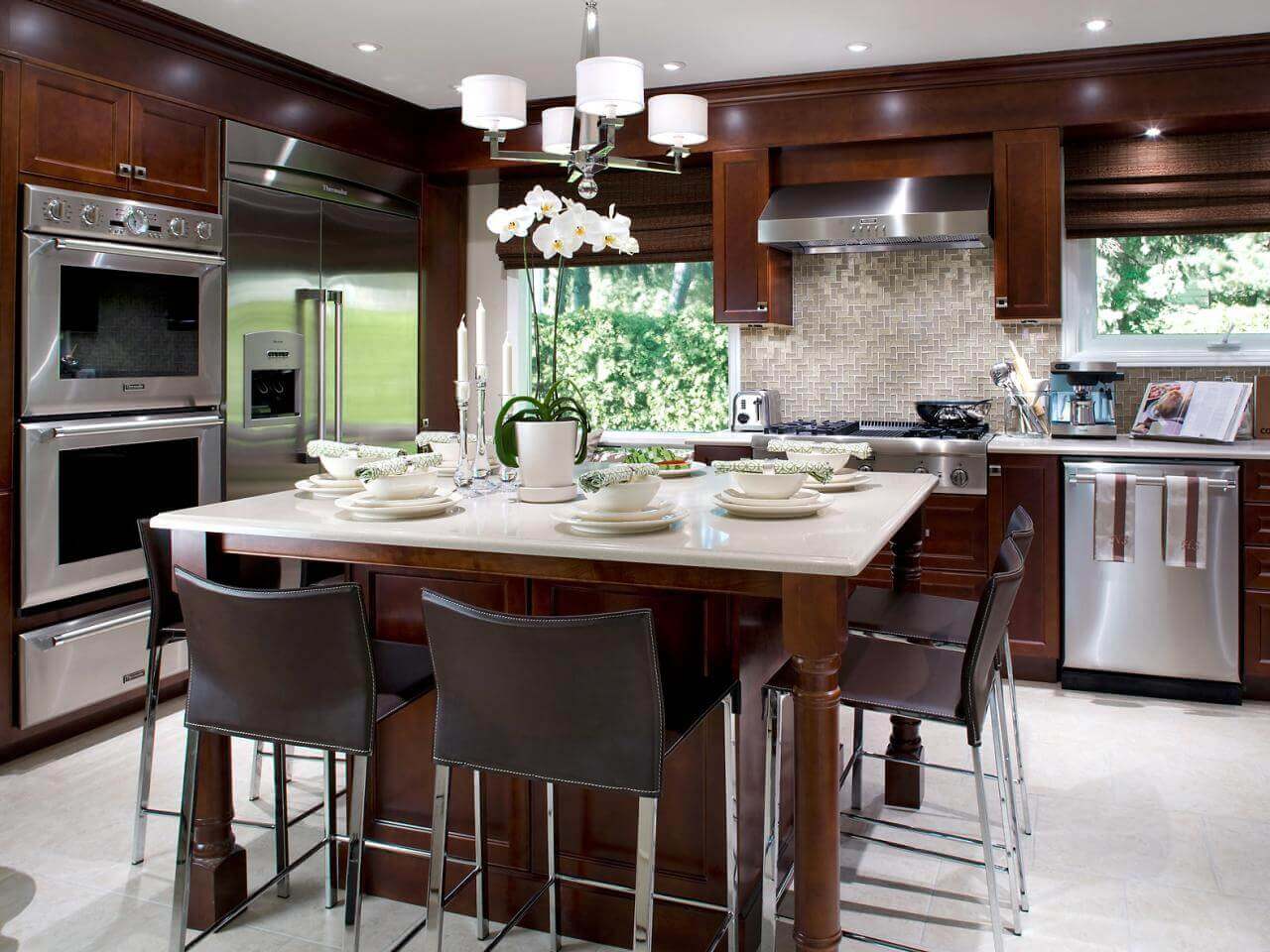

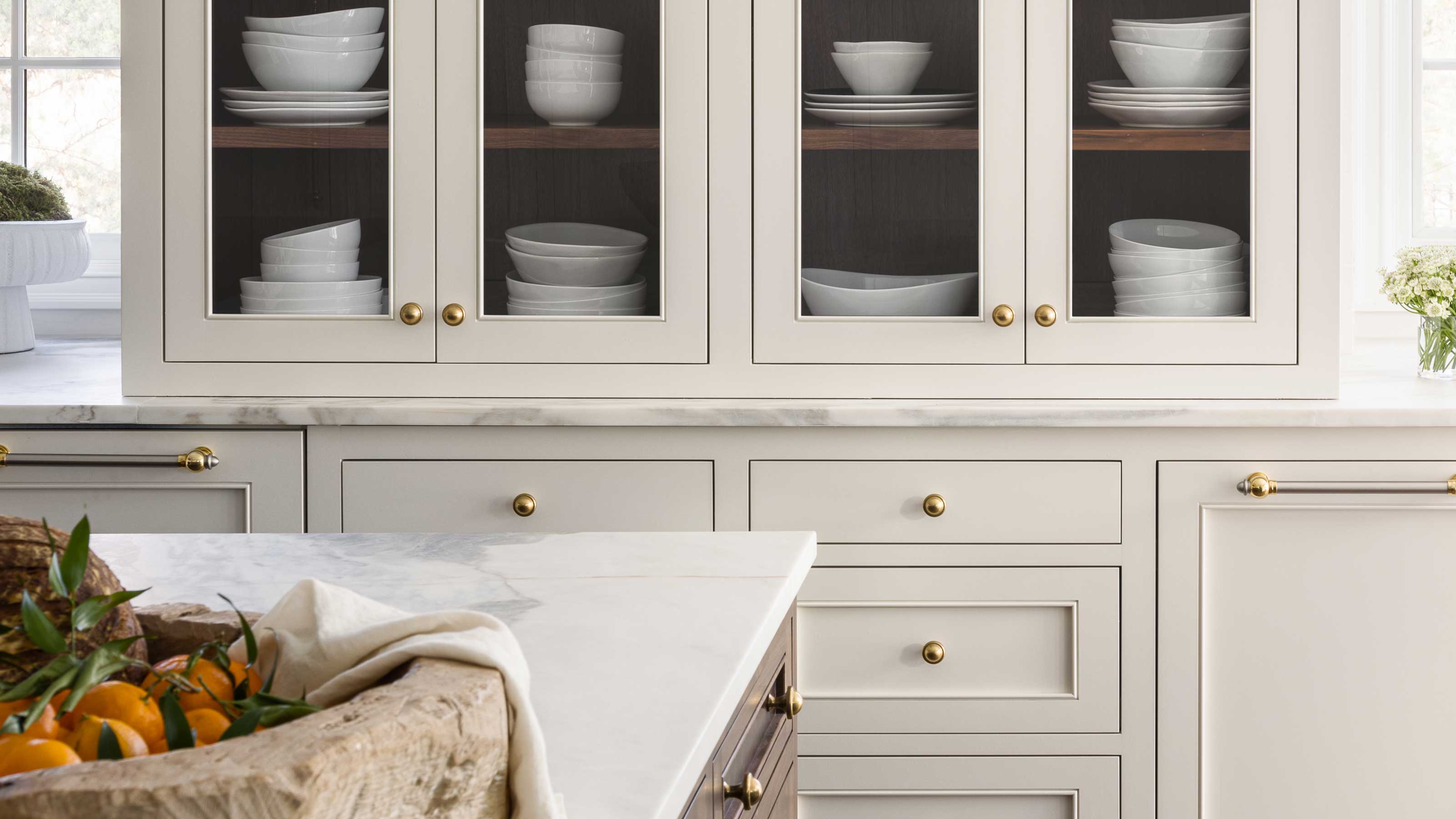
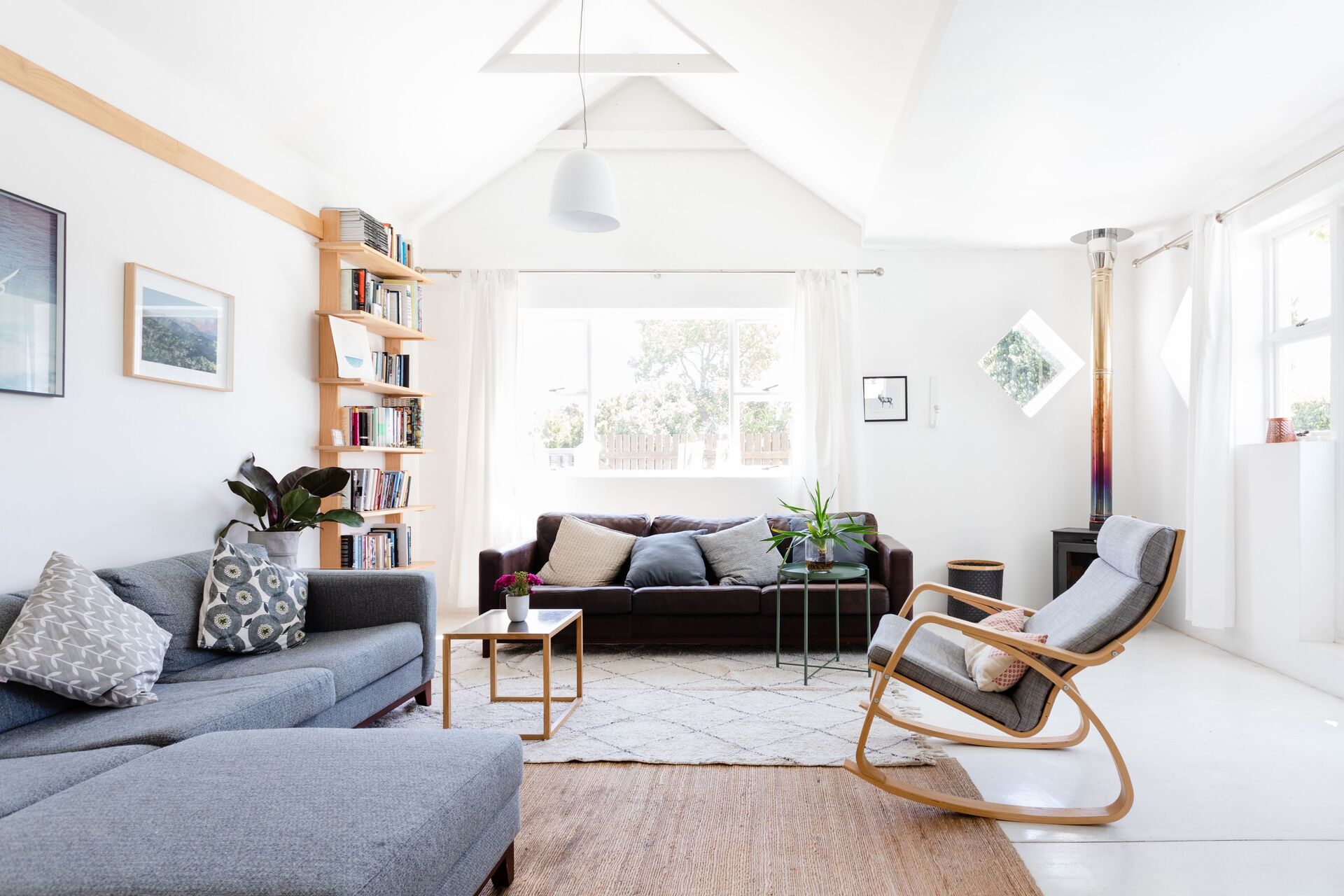
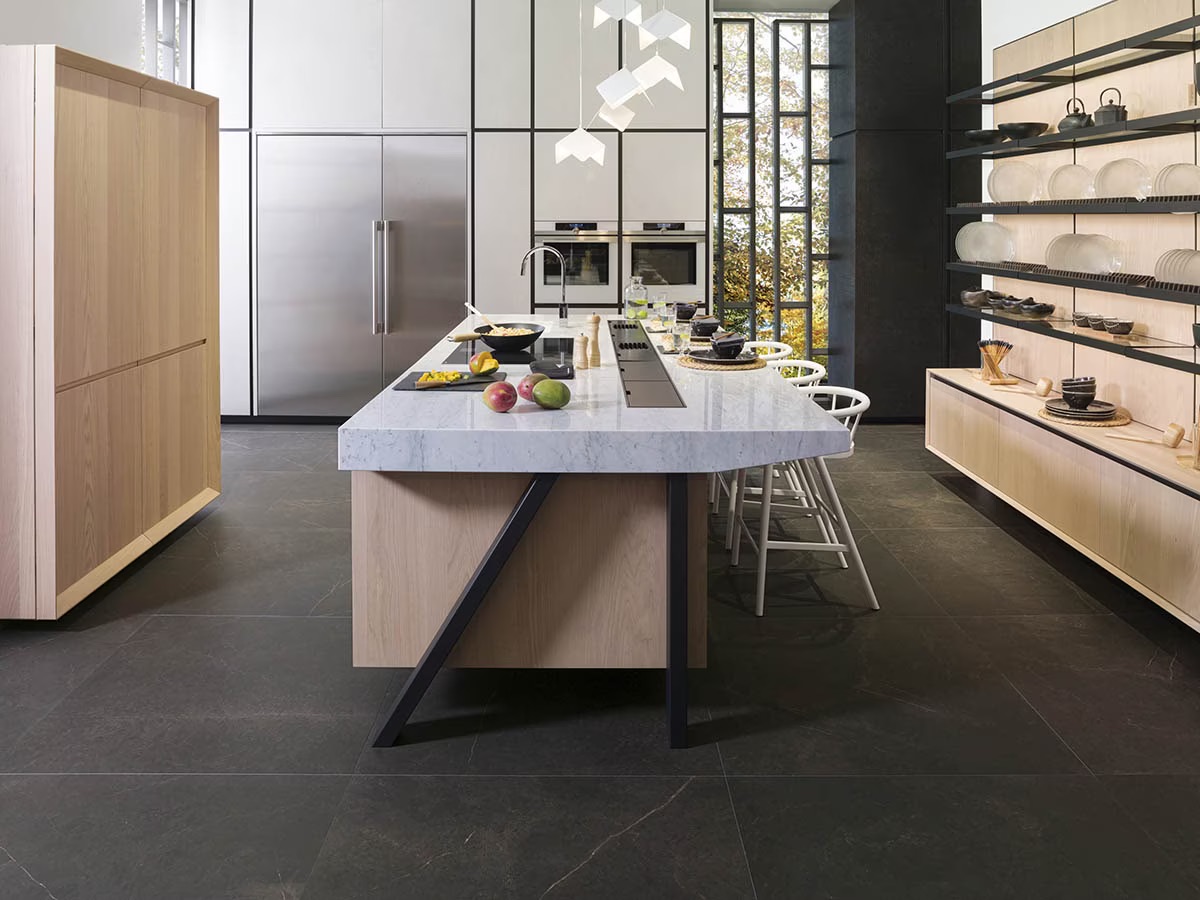

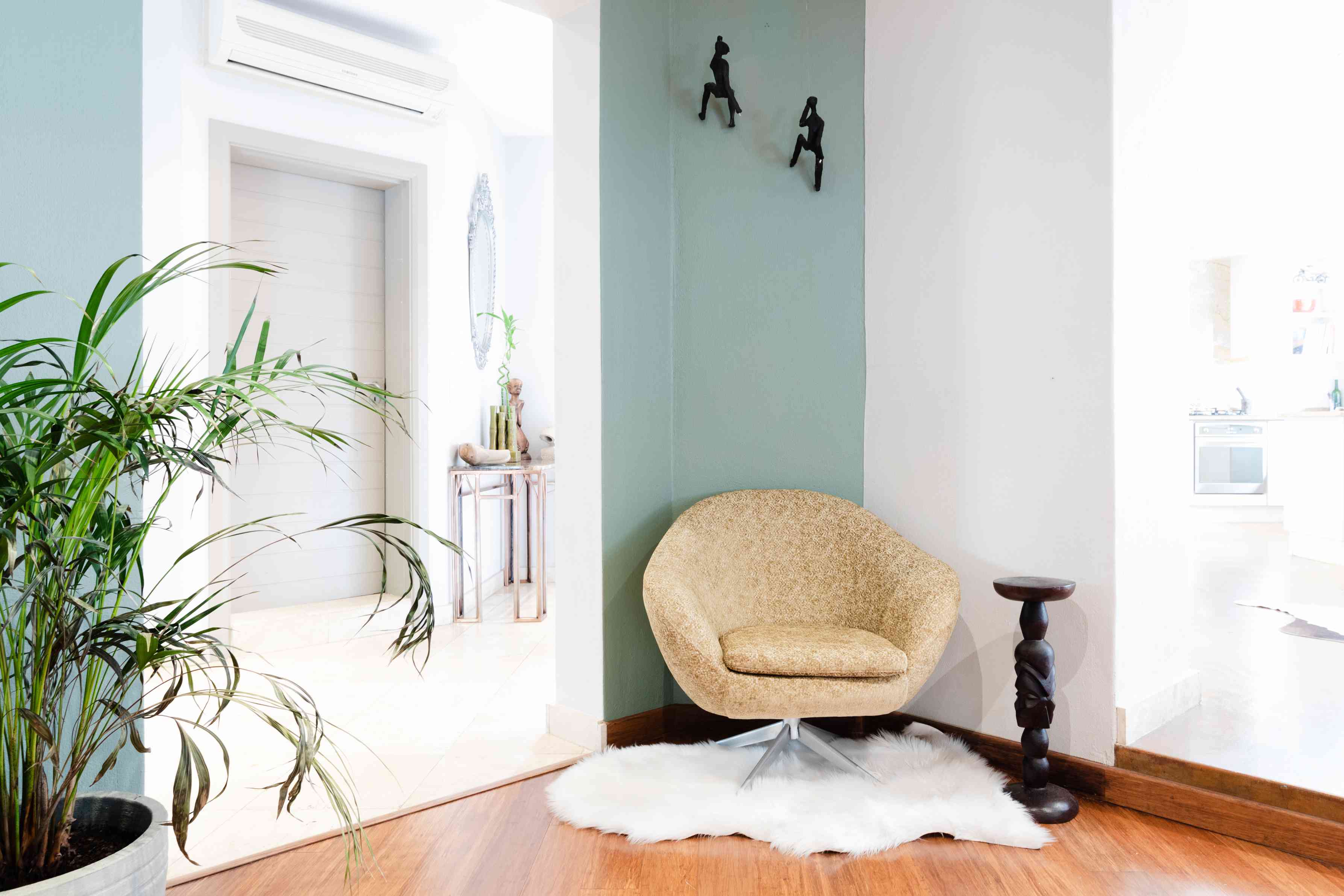
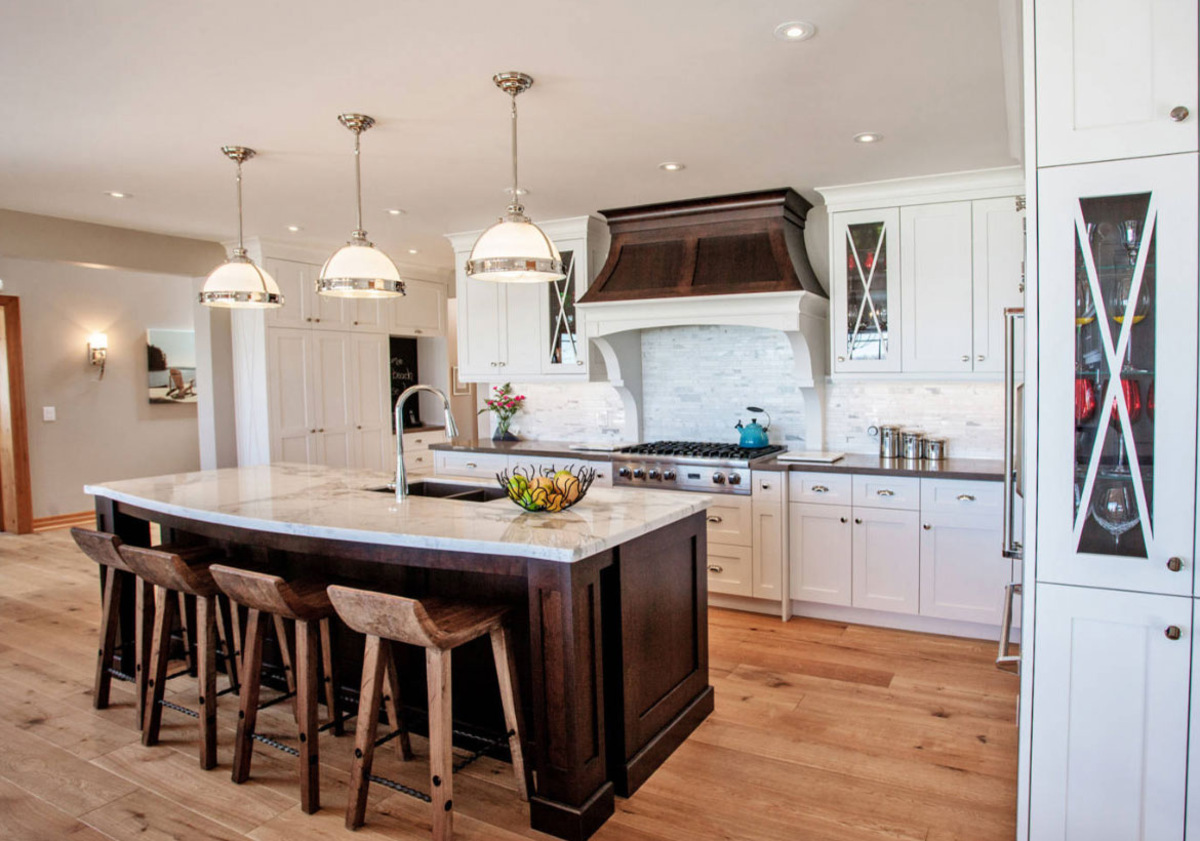


0 thoughts on “Should A Kitchen Island Have Seating? Experts’ Tips And Warnings”